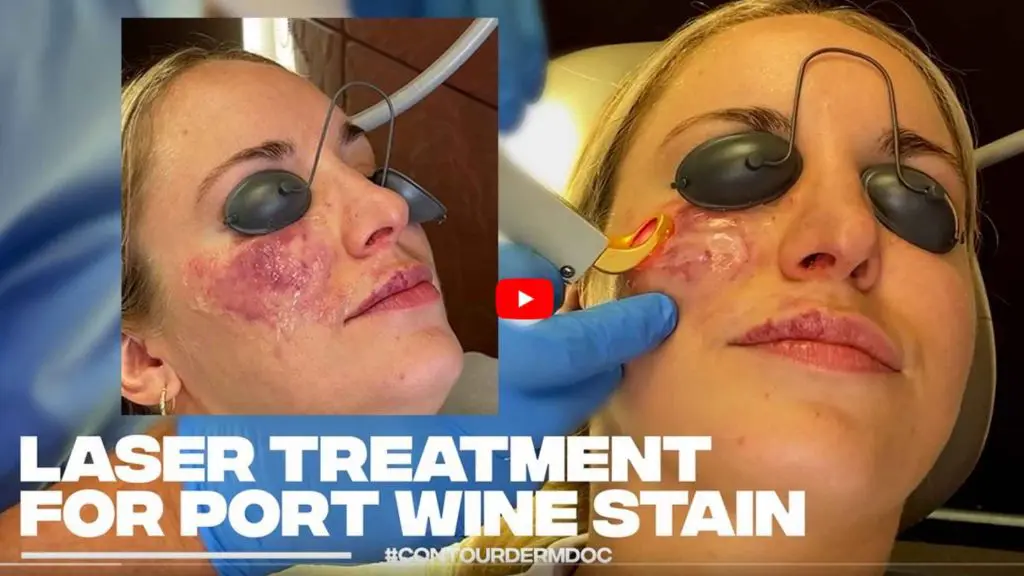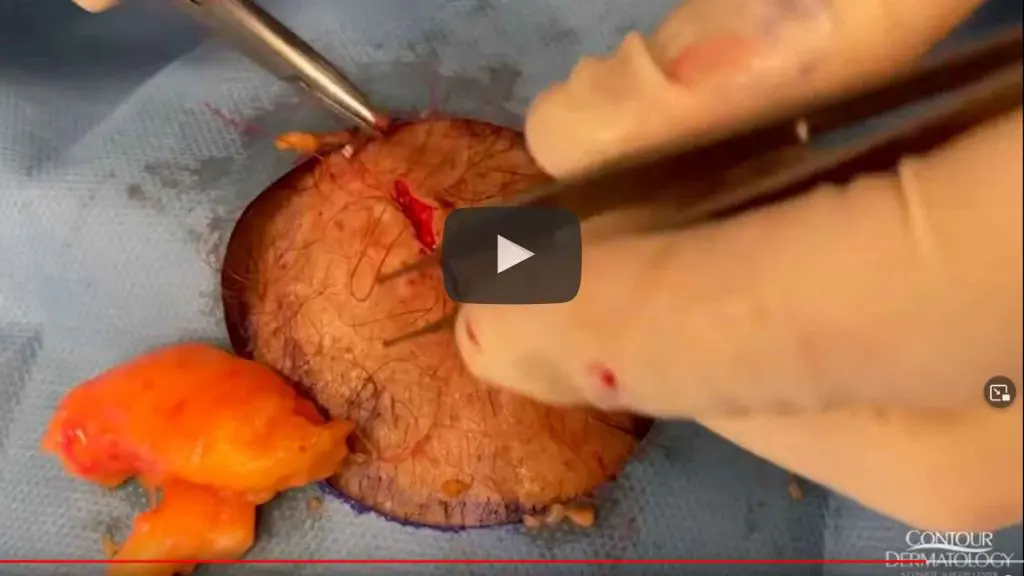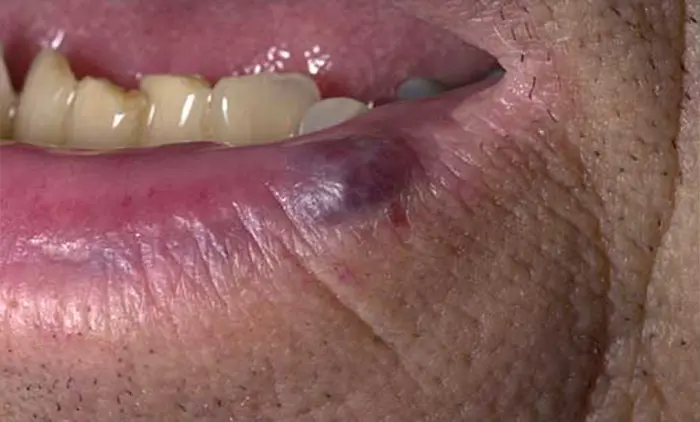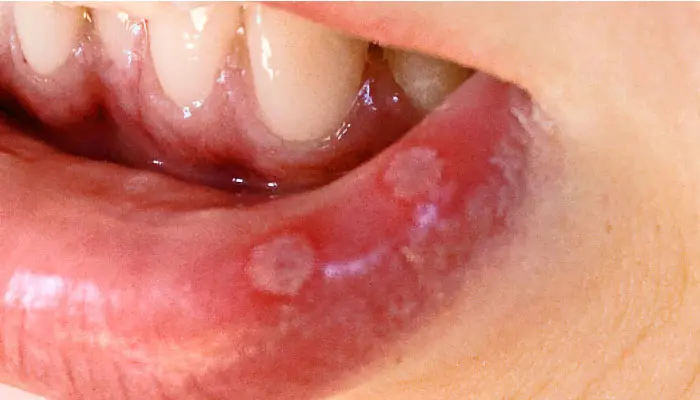Dressing an Open Wound
Leg Ulcer
Our Medical Assistant, Lee, demonstrates how to dress an open wound using a “Zinc Wrap”. Zinc plays a major role in regulating every phase of the wound healing process.
An ulcer is an open sore in the skin or mucous membrane that is resistant to healing. This reduced healing is generally due to a decrease in circulation to the area. Topical and oral antibiotics and keeping the wound clean can prevent infection while debridement (removal of dead tissue), maintaining a moist environment, and compression can aid the healing process.
Wound care
After collecting your wound-care materials—such as a gentle cleanser, a non-stick primary dressing, and a wrap for securing—focus on keeping the process as sanitary as possible. Begin by washing your hands thoroughly, then set up a clean workspace with a sterile covering. Carefully remove the existing dressing, taking a moment to look for any possible signs of infection, like an unusual smell, swelling, or redness extending into the surrounding skin. Clean the ulcer with either saline solution or plain tap water, as both can effectively clear away debris and hydrate the area without harming healthy tissue. Once the wound is clean and dry, place a low-adherence dressing directly over it to reduce sticking and make future dressing changes easier.
Managing moisture is key to proper wound healing. If the ulcer is producing a large amount of drainage, choose a highly absorbent dressing such as alginate or hydrofiber, which forms a gel to trap excess fluid and protect surrounding skin from softening or breakdown. As the wound begins to dry and develop healthy new tissue, you can switch to a simpler non-stick dressing paired with a moisture-holding option like a hydrocolloid or thin film to maintain the ideal healing environment. Secure the dressing with a secondary layer, and—if your healthcare provider recommends it—use compression bandaging to encourage healthy circulation and support the recovery process.

































